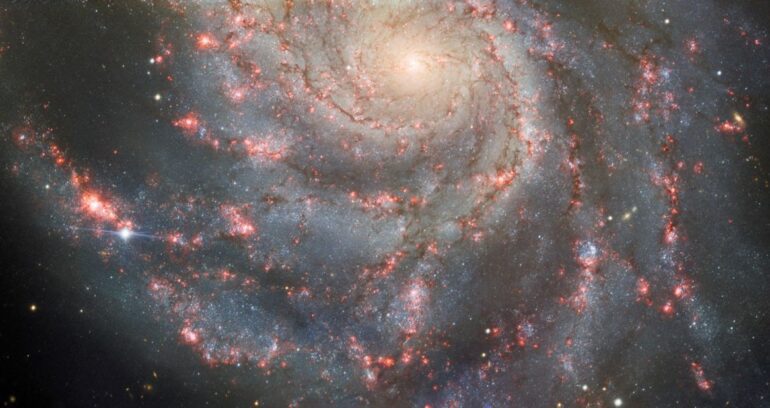TL;DR:
- University of Tokyo researchers introduced the 3D-Memory In Memory (3D-MIM) deep learning model.
- 3D-MIM accurately predicts supernova (SN) shell expansion, addressing computational bottlenecks.
- SN explosions impact galaxy processes; precise modeling is vital for galaxy formation understanding.
- The hamiltonian splitting method used for SN simulation requires advanced SN-affected shell expansion prediction.
- 3D-MIM model successfully reproduces anisotropic shell shape and demonstrates generalization capability.
- The model evaluation shows high convergence values and robust generalization.
- Application: Identifying SN-affected particles for efficient integration in galaxy simulations.
- Potential to replace time-consuming SN computations with machine predictions.
- Challenges include generating extensive training data and developing transform functions.
Main AI News:
Researchers at the University of Tokyo have harnessed the power of deep learning to tackle the complex problem of simulating supernovae (SNe) in high-resolution galaxy simulations. This groundbreaking innovation, named 3D-Memory In Memory (3D-MIM), promises to overcome critical bottlenecks in computational efficiency and accuracy.
Supernova explosions, known for their immense energy release, play a pivotal role in shaping galactic processes and evolution. However, accurately modeling these explosive events within the intricate web of gravitational forces, radiative heating and cooling, star formation, and chemical evolution has proven to be a formidable challenge. High-resolution simulations require short integration time-steps for SNe, exacerbating the computational burden.
To address this challenge, the researchers propose the use of the Hamiltonian splitting method, which divides the Hamiltonian into short and long time-scale components, enabling the integration of particles affected by SNe separately. However, this approach necessitates advanced prediction of the expansion of the SN-affected shell during subsequent global steps.
Enter the 3D-MIM deep learning model. Trained on data from smoothed particle hydrodynamics (SPH) simulations of SN explosions within inhomogeneous density distributions of molecular clouds, this model successfully reproduces the anisotropic shell shape. It excels at accurately predicting density decreases of over 10% following an SN explosion and demonstrates the remarkable ability to predict shell radius in uniform media beyond its training data, showcasing its exceptional generalization capability.
Performance evaluation of the 3D-MIM model includes metrics such as mean absolute percentage error (MAPE) and mean structural similarity (MSSIM) for image reproductions. The model’s high convergence values and robust generalization capabilities make it a standout choice.
One of the most promising applications of the 3D-MIM model is the identification of SN-affected particles requiring short time steps in large, high-resolution galaxy formation simulations. By combining this model with the Hamiltonian splitting method, researchers can integrate these particles separately, significantly reducing computational overhead.
Furthermore, the study delves into the possibility of replacing time-consuming SN computations with machine predictions, a trend gaining traction in recent years. However, this transition presents technical challenges, including the need for extensive simulations to generate training data and the development of appropriate transform functions for learning physical quantities under varying conditions. As the field continues to evolve, the University of Tokyo’s pioneering research is poised to reshape the future of galaxy simulations, offering new avenues for exploration and discovery.
Conclusion:
The University of Tokyo’s 3D-MIM deep learning model represents a significant leap forward in the field of galaxy simulations. By accurately predicting supernova shell expansion and offering a path to reduce computational overhead, it has the potential to transform the market by enabling more efficient and precise simulations, paving the way for groundbreaking discoveries in the study of galaxy formation and evolution. However, the challenges of data generation and transformation function development should not be underestimated as the field explores the transition to machine-based predictions.

